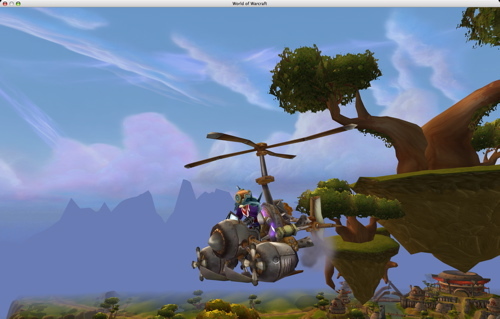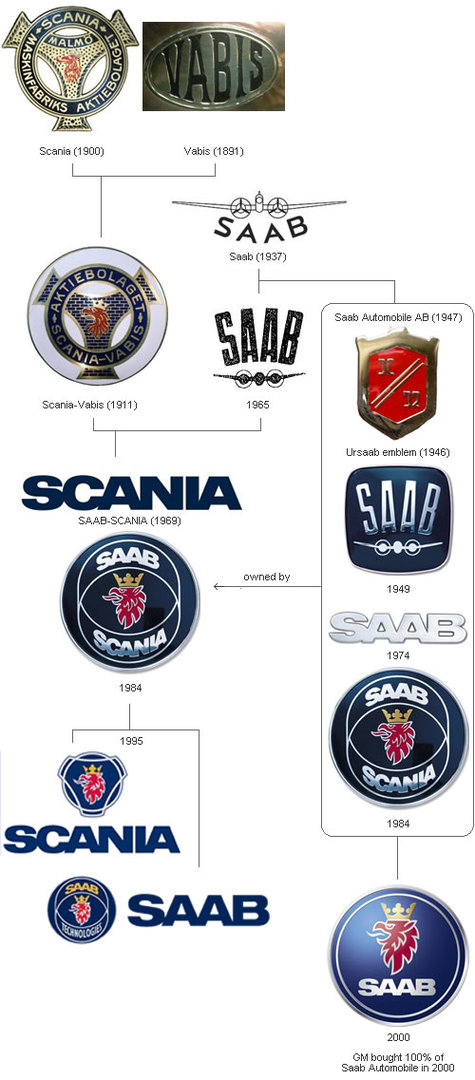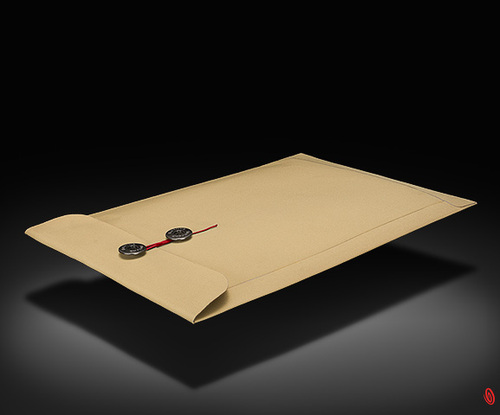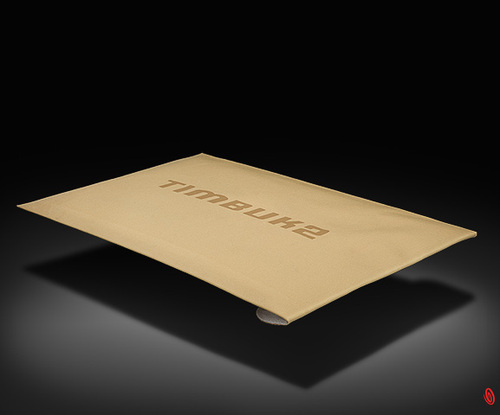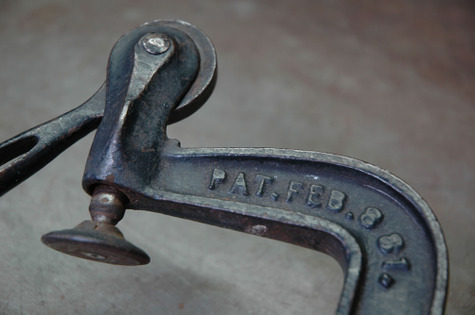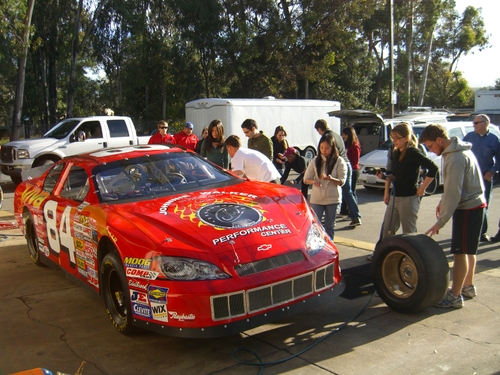
Just the other week I had the pleasure of dropping in on one of Bob Sutton’s graduate courses at Stanford. I was supposed to be on paternity leave, but if you haven’t noticed yet, I have this thing for racing and cars, and well, it’s only a ten-minute walk to the Stanford campus from where I live, and my wife is a kind and charitable soul when it comes to indulging my passion for gearhead gnarlyness. Call it a busman’s holiday. This particular class (pictured above) deals with navigating innovations through complex organizations. Yes, that’s a real NASCAR racer. Yes, those are real live Stanford graduate students. And yes, that’s what February in California looks like.
So what’s going on in the photo? A very interesting exercise in teamwork which exposes and illuminates all sorts of juicy issues in organizing for innovation. In this class, Sutton, co-teacher Michael Dearing, and guest lecturer Andy Papathanassiou of Hendrick Motorsports get teams of students to go through the process of changing the tires on a NASCAR machine. It is harder than it looks: the tires and rims are heavy, the car wants to fall of the jack (well, it is on jack stands, but it feels like it wants to fall off), and the lug nuts seem to be cross-bred with jumping beans. You can read more about the class exercise here and here.
After 60 minutes of watching teams of students go from zero to hero in terms of their tire-changing acumen, my head was buzzing with lessons for those studying the art and science of bringing cool things to life:
- Mind your modalities: How do you want to grow? What are you trying to accomplish? At first glance, changing a tire is easy, right? Take it off, grab a new one, bolt it on. But how might one reduce the cycle time by 10%? 50%? 90%? How would you organize teams to reach those goals? And on the other hand, how do you create teams that are able to change tires in a hurry in the heat of the Daytona 500 without missing a beat? And how do you get one team or organization to be good at both innovating and executing? I think it is all about minding your modalities, knowing what you are shooting for at any instant. If we want to commit to taking 20% off of our tire changing times over the course of a racing season, perhaps we need to start an R&D department whose function is to create extreme variance, to find those weird solutions that will lead to paradigm shifts. And perhaps we need to establish a test team whose job it is to sort through the revolutionary stuff coming out of R&D in the name of focusing and honing a few promising solutions. And then we need to find a way to train our front-line team so rigorously that they can execute flawlessly on that killer idea birthed in R&D, and matured by the test team. Minding modalities is about recognizing when it’s about business by design versus business as usual, and structuring and leading things accordingly. It’s about embracing variance when it is needed, and driving it out when it is not. The best racing teams, such as Hendrick, Penske, and Ferrari, know how to do both. They are masters of innovation modalities.
- Seek out constraints: when staring in to the abyss of a blank sheet of paper, constraints provide a vital toehold, a way forward. Not necessarily the way forward, because rarely is innovating a linear process, but a way forward nonetheless. NASCAR is an incredibly constrained environment when it comes to the design and operation of race cars. Everything is templatized and mandated to the nth degree by a central organization. And yet, creativity flourishes, the leading edge continually moves forward, and the garden blooms. Sure, there are some a few "cheating" weeds here and there, but that’s racers being racers. Cheating is just a way of signaling that that a constraint is likely invalid. Constraints = Progress. Infinite possibilities lead to stasis.
- Organize for information flow: How do you design an organization so that it can innovate where it needs to innovate and execute when it needs to execute? Here’s a clue: drawing org charts won’t get you there. Ideally, one thinks first about critical information flows which need to occur in order for certain outcomes to be realized. Once those information flows are identified, the organizational structure emerges fairly organically, with an org chart as a by-product. I was thrilled to meet Andy Papa at this class exercise, because Hendrick does a wicked job of organizing for creative information flow. As a pioneer of the multi-car team in NASCAR, Hendrick has cracked the code on how to structure an organization such that variance-reducing, execution-minded focus (separate teams each competing to win the NASCAR cup) can coexist with a non-zero, variance-embracing, innovation-seeking worldview (everyone in the organization sharing information in order to identify patterns which lead to revolutionary and evolutionary innovations, and hopefully, victory for all). Racing teams have no choice but to evolve or die, and to make tough choices or cease to be relevant, so I often look to them for inspiration when faced with organization design challenges in my own work. You read it here first: Hendrick is the New Apple. Or the new GE.
- Learn by Doing: I’m entering broken-record mode here, but the teams that did the best in this class challenge were those that dove in and started changing tires. Instead of arguing over who would be the CEO of rickybobbytirechangers.com, and who would be leading the war for talent, these teams got down on the ground and got their hands dirty. By the wail of the air gun, thee too shall witness one’s strategy emerge. And so it happened — the best way around a NASCAR wheelwell can’t be thought through in one’s head, but has to be iteratively solved with hand and heart and brain. In other words, strategy that makes your hands bleed.
Note to self: if ever I find myself swapping out new rubber in a big hurry, keep the trigger down on the air gun. WFO, baby!

